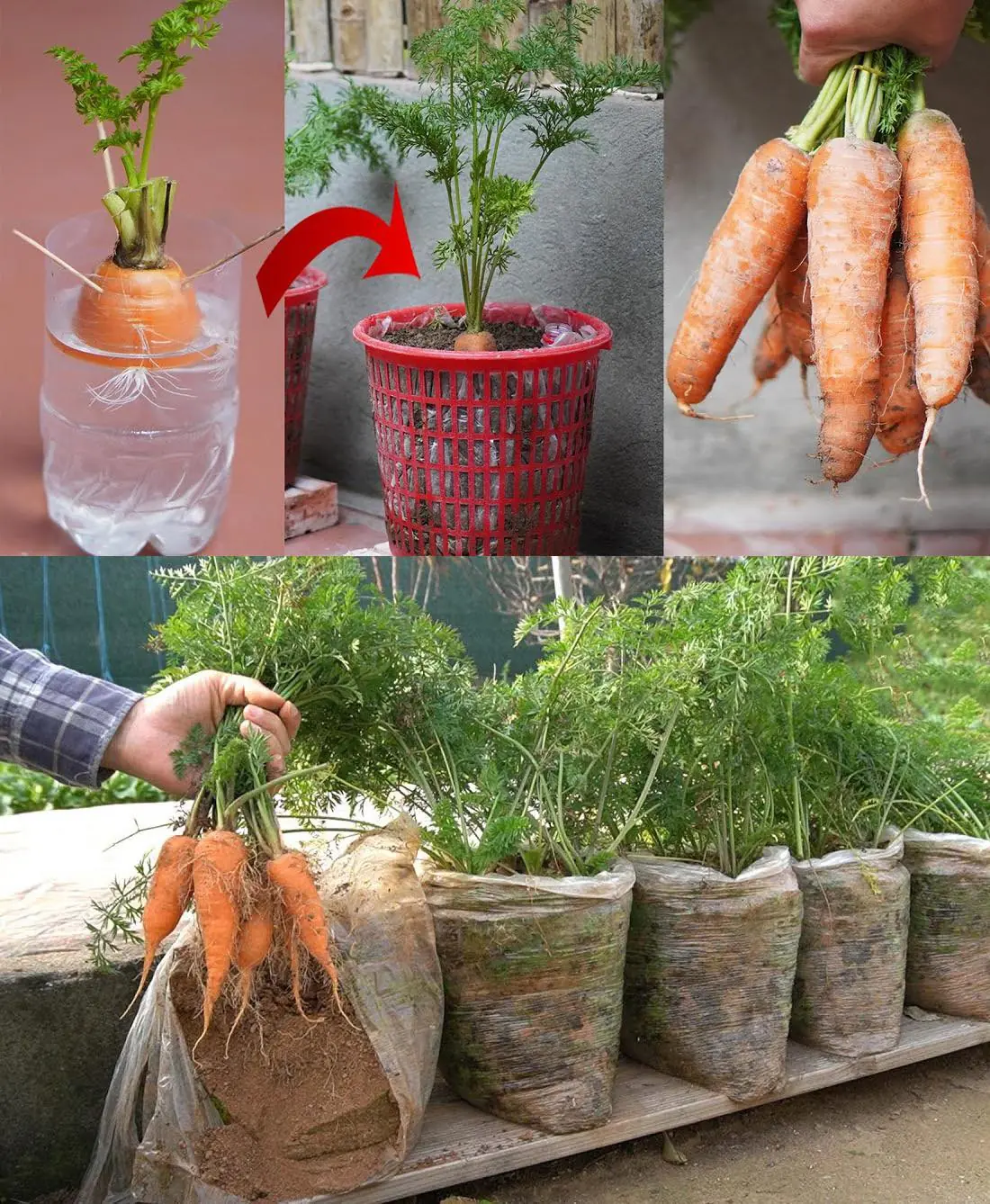
How to grow long beans at home without care

Long beans, also known as yard-long beans or Chinese long beans, are a delicious and nutritious addition to any home garden. These beans grow quickly and are easy to maintain, making them an excellent choice for beginners. The best part? They don’t require much care! Here’s how you can grow long beans at home with minimal effort:
1. Choose the Right Spot for Planting
Long beans thrive in warm weather, so choose a sunny spot in your garden with well-draining soil. They need at least 6-8 hours of sunlight a day for optimal growth. A spot near a fence or trellis is ideal as long beans are climbing plants and will need something to grow on.
2. Prepare the Soil
Long beans prefer slightly acidic to neutral soil with a pH level of 6.0 to 7.0. To prepare the soil, you can simply loosen it with a garden fork or shovel. If the soil is too heavy or compact, add organic compost or well-rotted manure to improve drainage and fertility. This will create a nutrient-rich environment for the beans to thrive in.
3. Planting the Seeds
Plant long bean seeds directly into the soil, about 1 inch deep. Space them around 6 inches apart in rows. If you're planting multiple rows, leave at least 18 inches between them to allow enough space for the vines to grow. Water the seeds lightly after planting to help them settle in.
4. Watering the Plants
Water your long beans regularly, especially during dry spells. However, avoid overwatering, as the plants prefer soil that is moist but not soggy. Once the plants are established, they are quite drought-tolerant. A good rule of thumb is to water deeply once a week, ensuring that the soil around the roots is well hydrated.
5. Provide Support for the Vines
As long beans are climbing plants, they will need support to grow properly. A simple trellis, bamboo poles, or a fence will work perfectly. The vines will naturally wind their way around the support structure. This allows them to grow tall and produce a higher yield of beans. You can train the vines to grow vertically for better air circulation and ease of harvesting.
6. Minimal Care for Maximum Growth
One of the best things about growing long beans is that they require very little care. They are quite resistant to pests and diseases. However, it’s always good to occasionally check for common issues like aphids or caterpillars. If pests appear, you can remove them by hand or use natural remedies like neem oil to keep your plants healthy.
Fertilizing isn’t usually necessary unless the soil is very poor. If you notice that your plants aren’t growing as vigorously, you can add a balanced, slow-release fertilizer. But remember, too much fertilizer can lead to excessive leaf growth and fewer beans.
7. Harvesting the Beans
Long beans typically take around 60-90 days to mature, depending on the variety and growing conditions. When the beans are ready for harvesting, they will be long, firm, and green in color. Pick them regularly to encourage more growth and prevent over-ripening. The beans can grow up to 3 feet long, but the younger, tender beans are the best for cooking.
8. Enjoy Your Long Beans!
Once harvested, long beans can be used in a variety of dishes, including stir-fries, curries, or simply sautéed. They are highly nutritious, packed with vitamins and minerals like vitamin C, fiber, and potassium.
Tips for Success:
-
Mulching: Adding a layer of mulch around your plants helps retain moisture, suppress weeds, and maintain an even soil temperature.
-
Support: If you don't have a trellis, you can also grow long beans along a sturdy string or wire.
-
Pruning: Pruning is optional, but removing any dead or damaged leaves will help the plant focus its energy on growing healthy beans.
Conclusion
Growing long beans at home is easy and requires minimal care. By choosing the right location, providing some basic support, and giving them a little water, you can enjoy an abundant harvest of delicious, fresh beans with little effort. Whether you have a large garden or just a small balcony, long beans are a great addition to your homegrown produce!
News in the same category

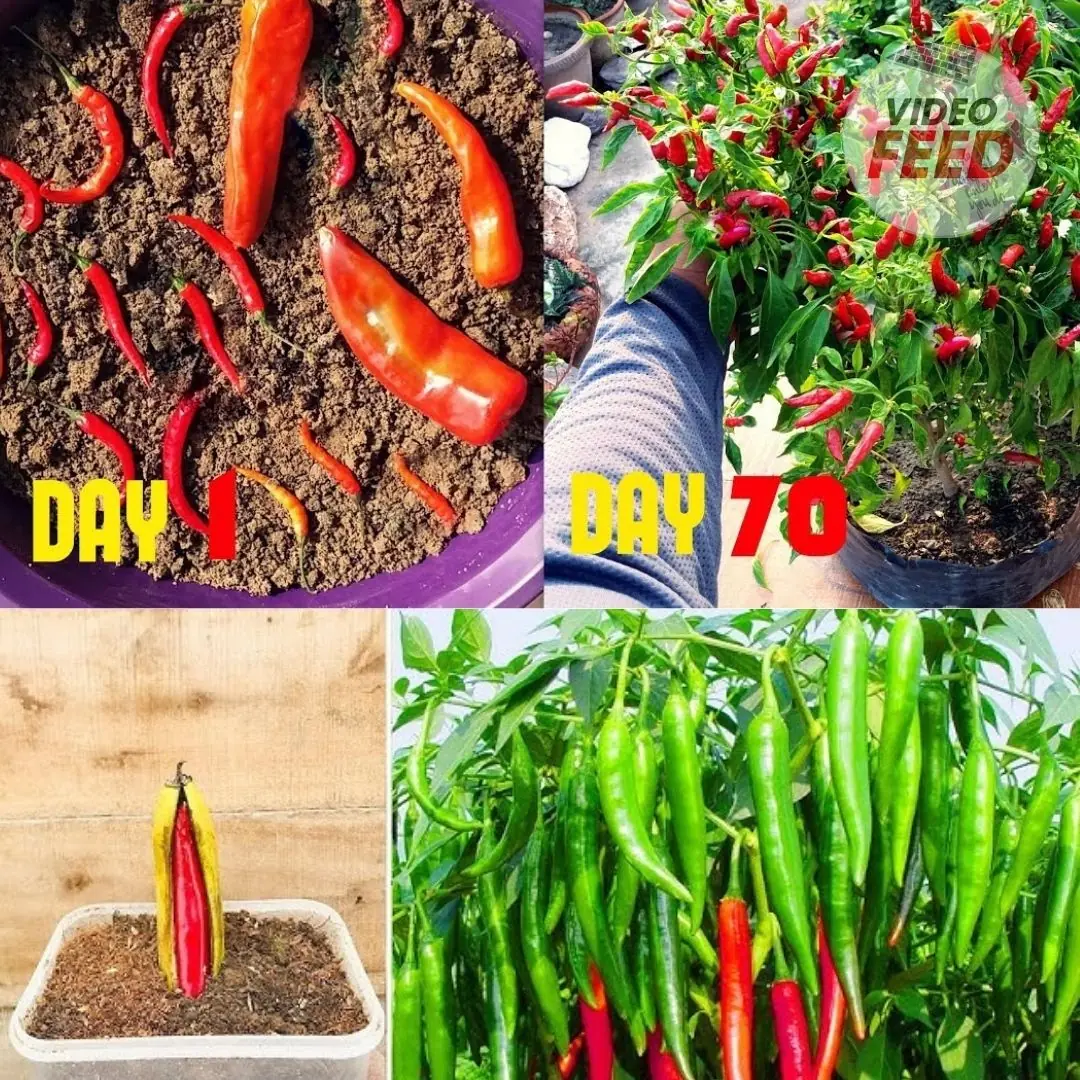
Turn a small corner of your house into a mini chili garden – both beautiful and useful!
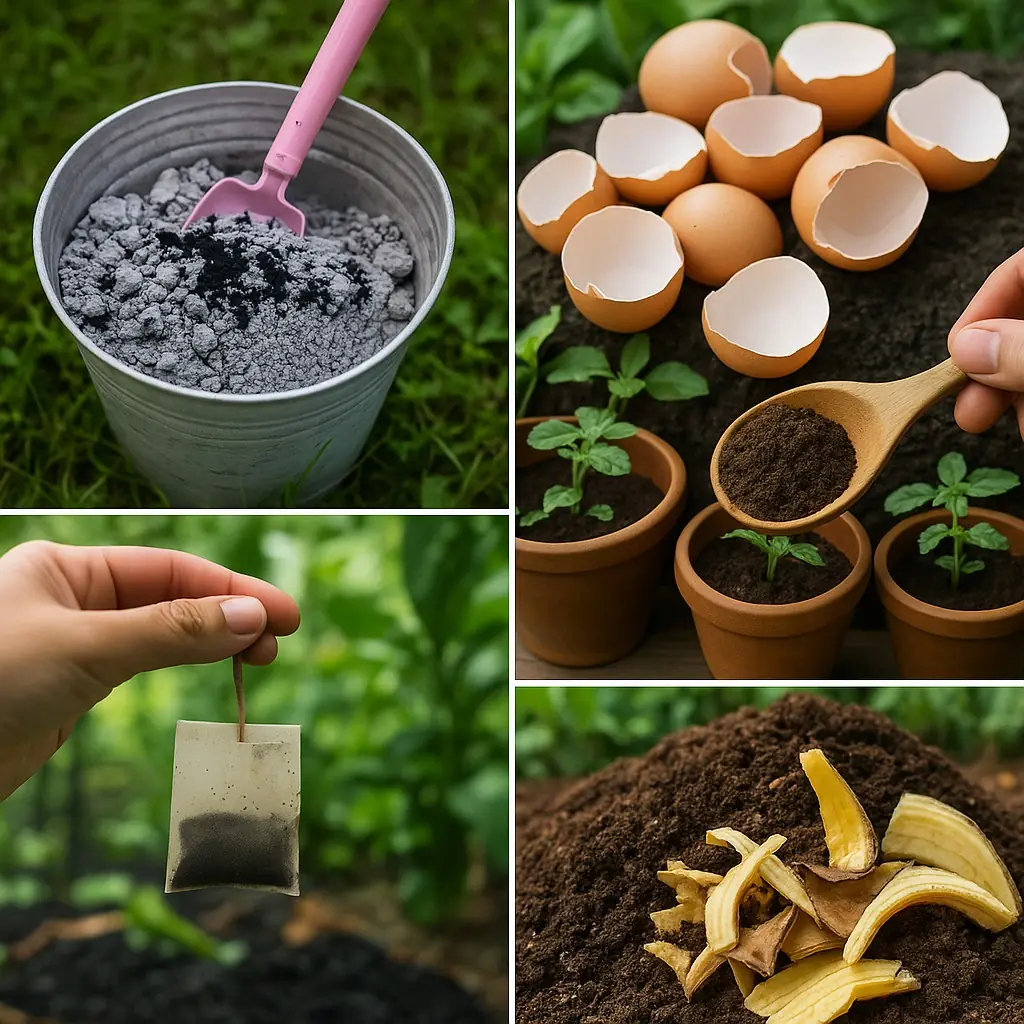
12 Homemade fertilizers for plants easy to find at home
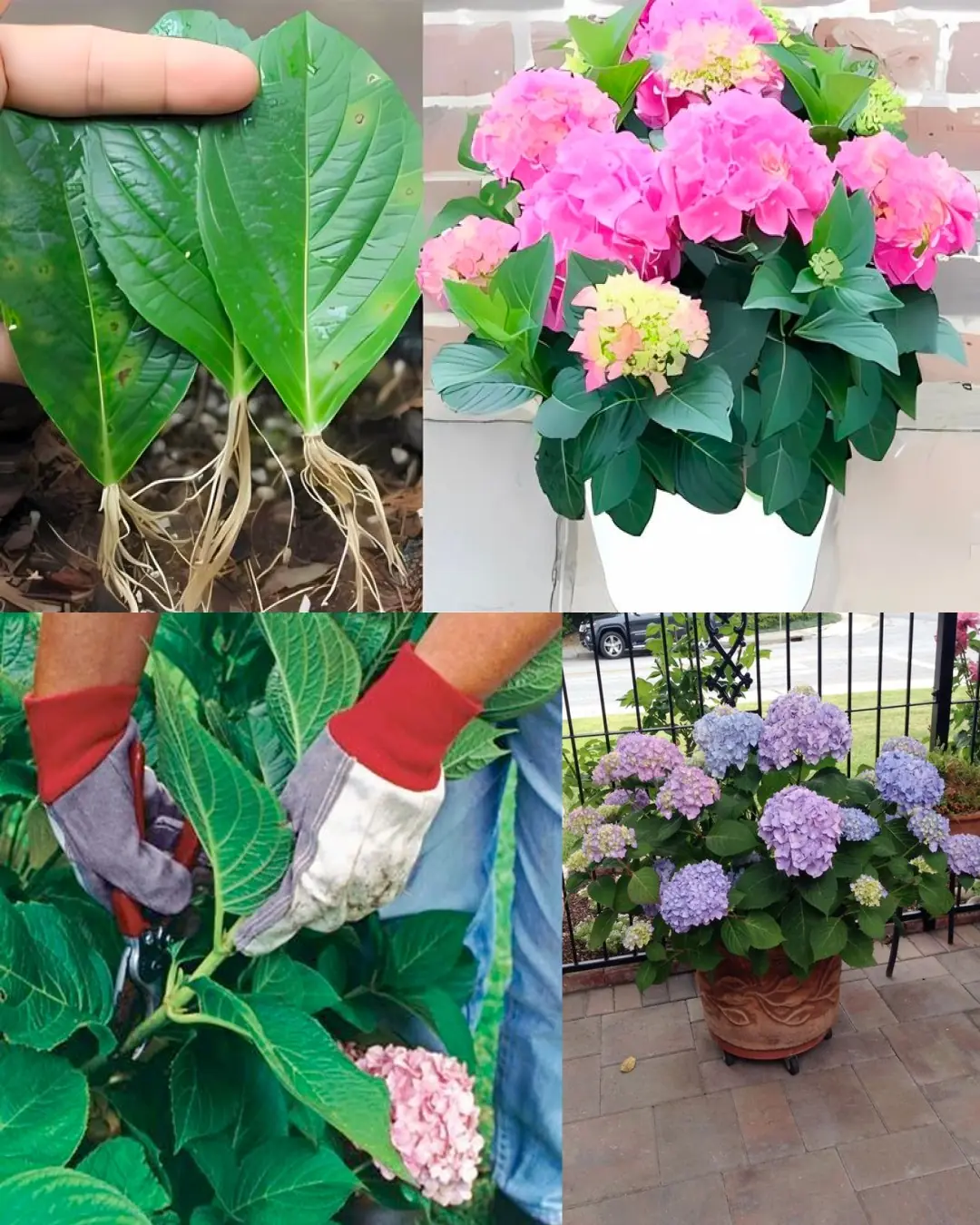
How to Cultivate Hydrangeas in Soil Using Stem Cuttings
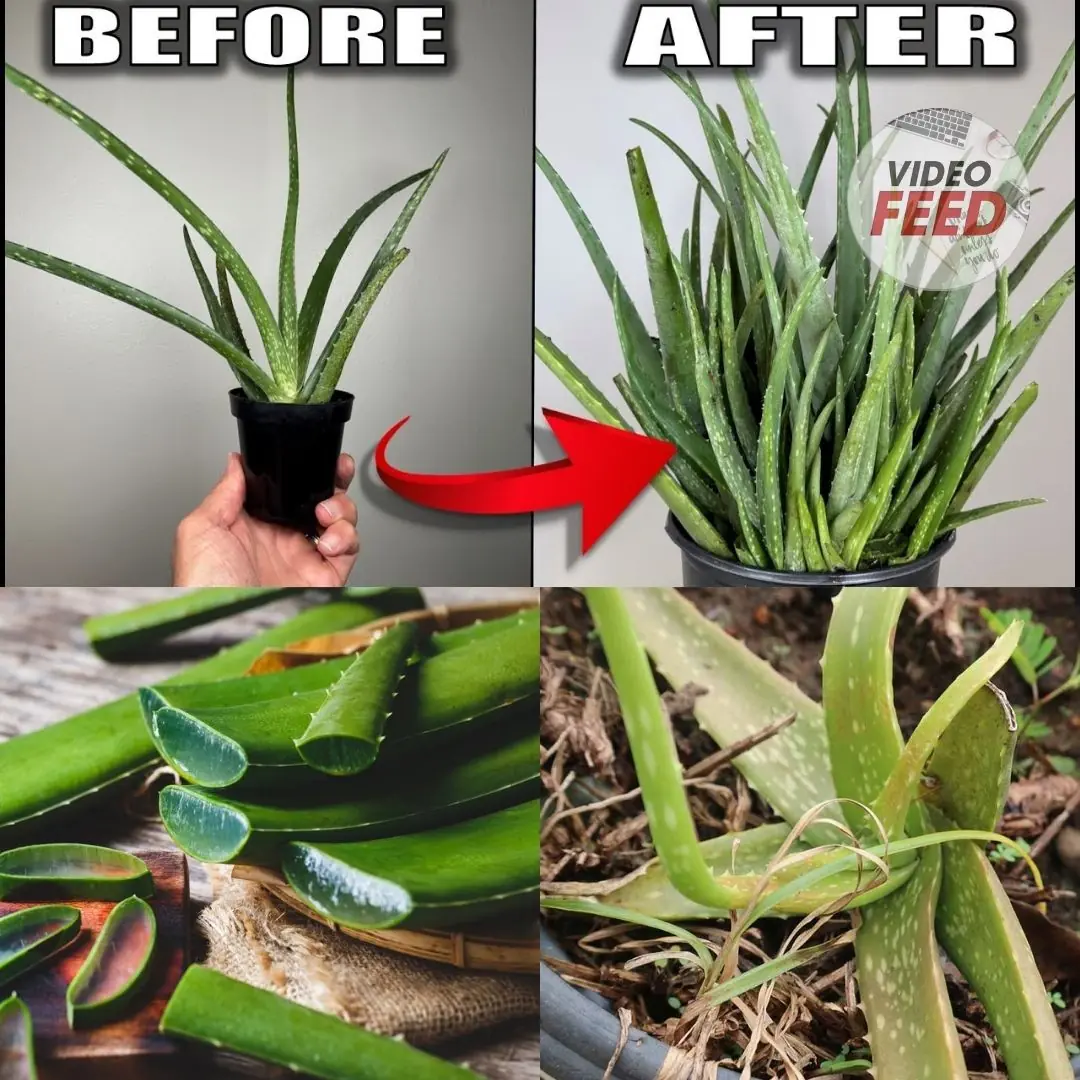
7 Top Tips When Growing Aloe Vera Plants
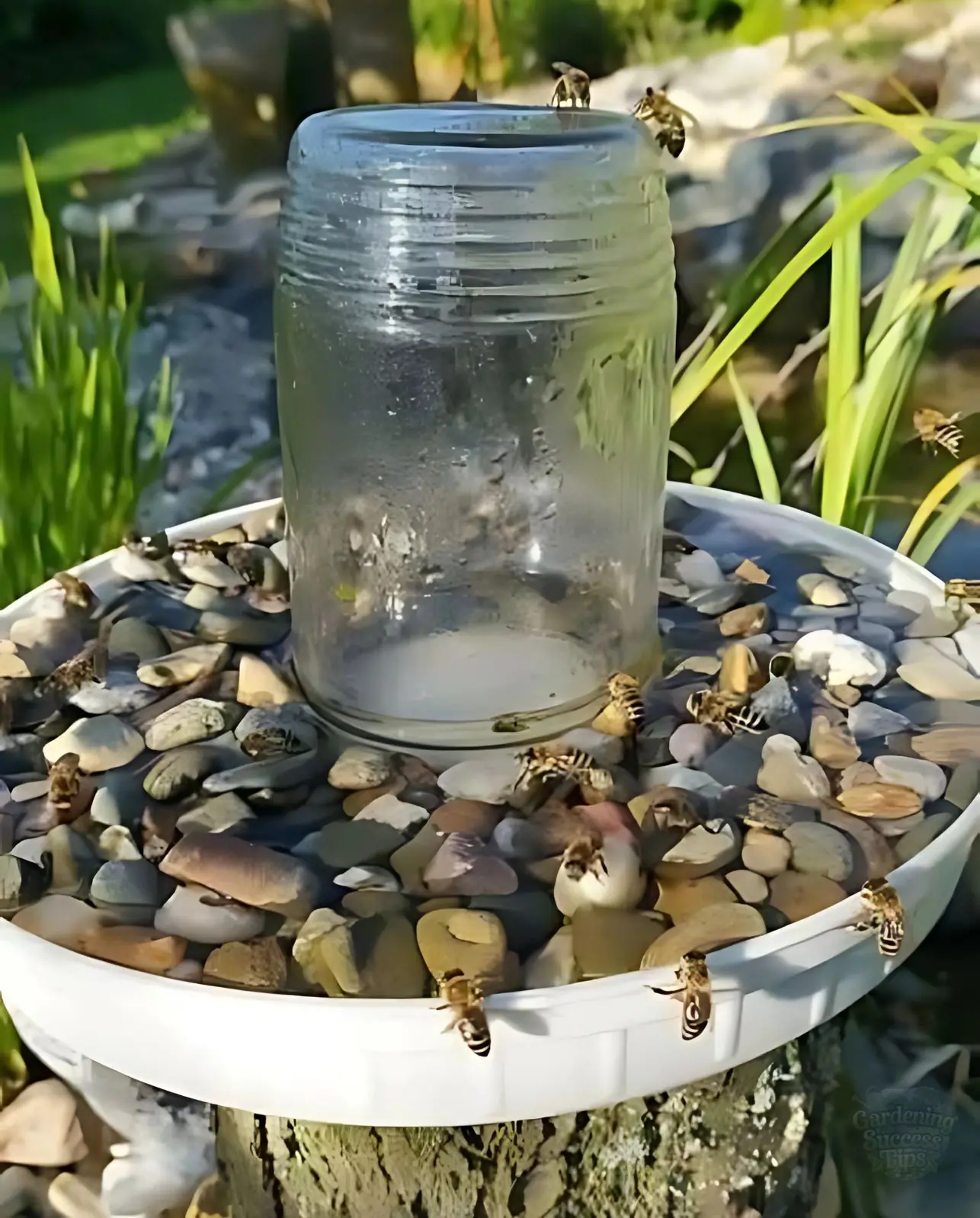
Learn How to Truly Help Bees: Beekeeper’s Advice
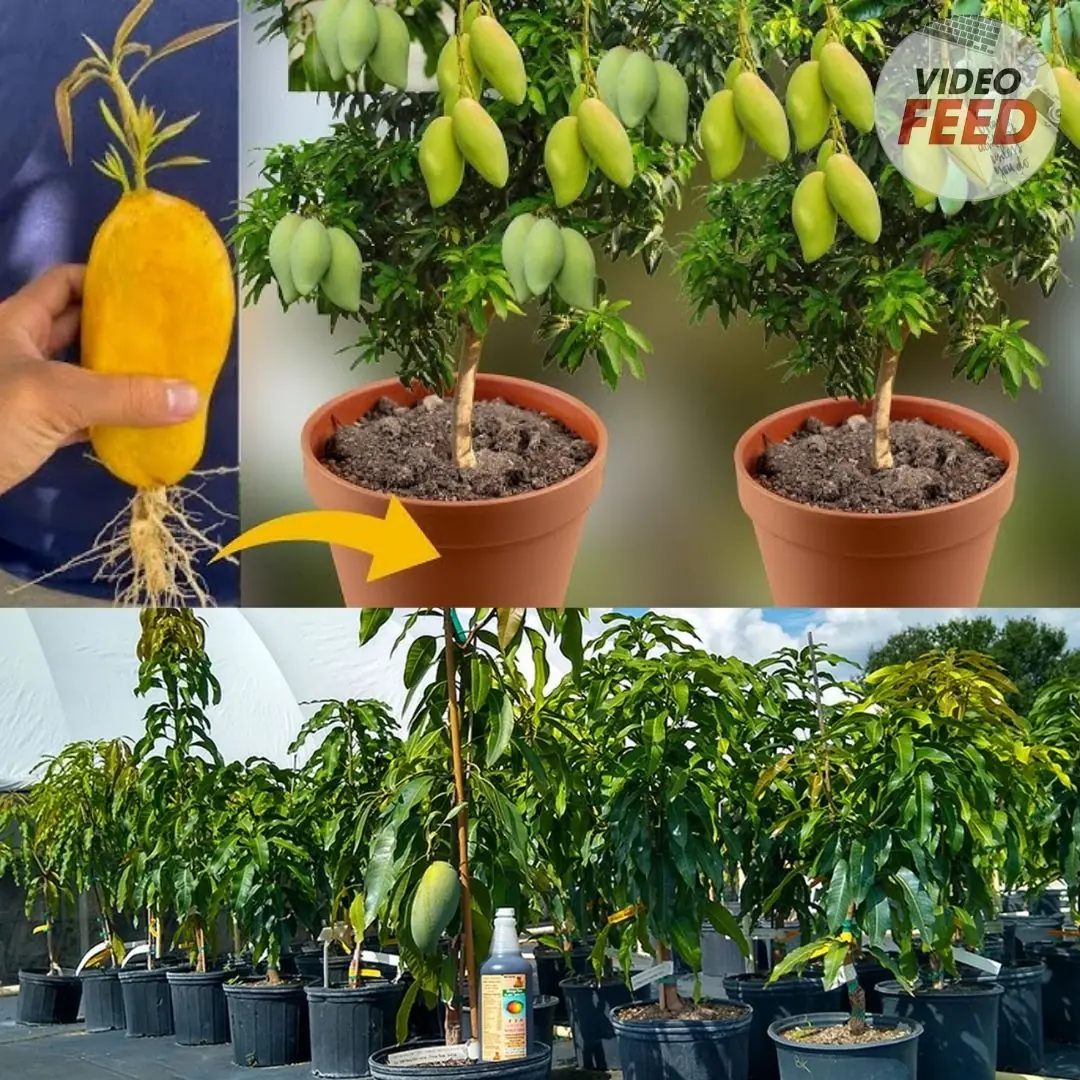
How to grow mango trees in pots
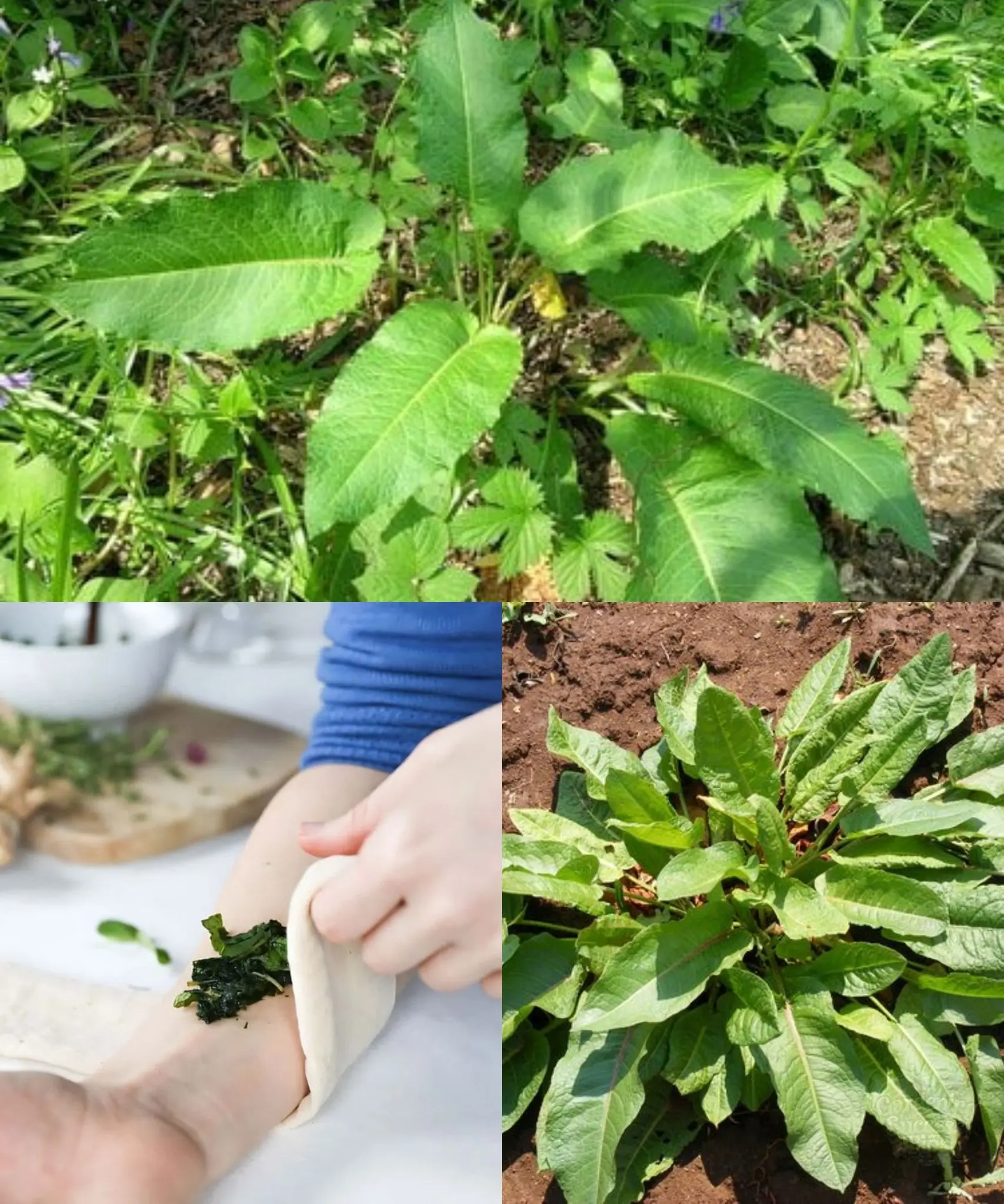
Discover 6 Amazing Benefits of Docks (Rumex) for Your Garden and Health!
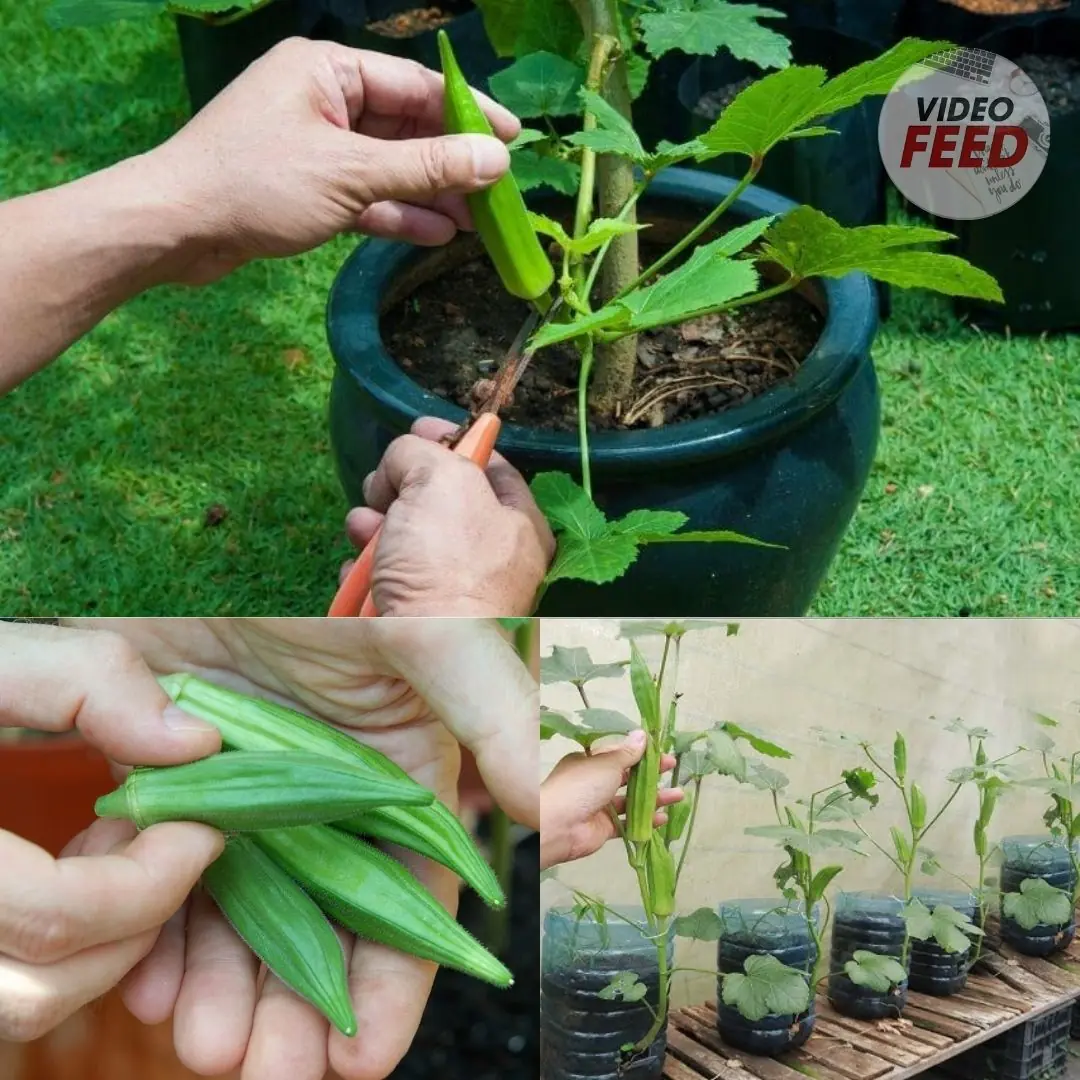
How to Grow Okra in Your Garden or Raised Bed

How to Grow Lettuce for Crisp, Fresh Salads All Season Long
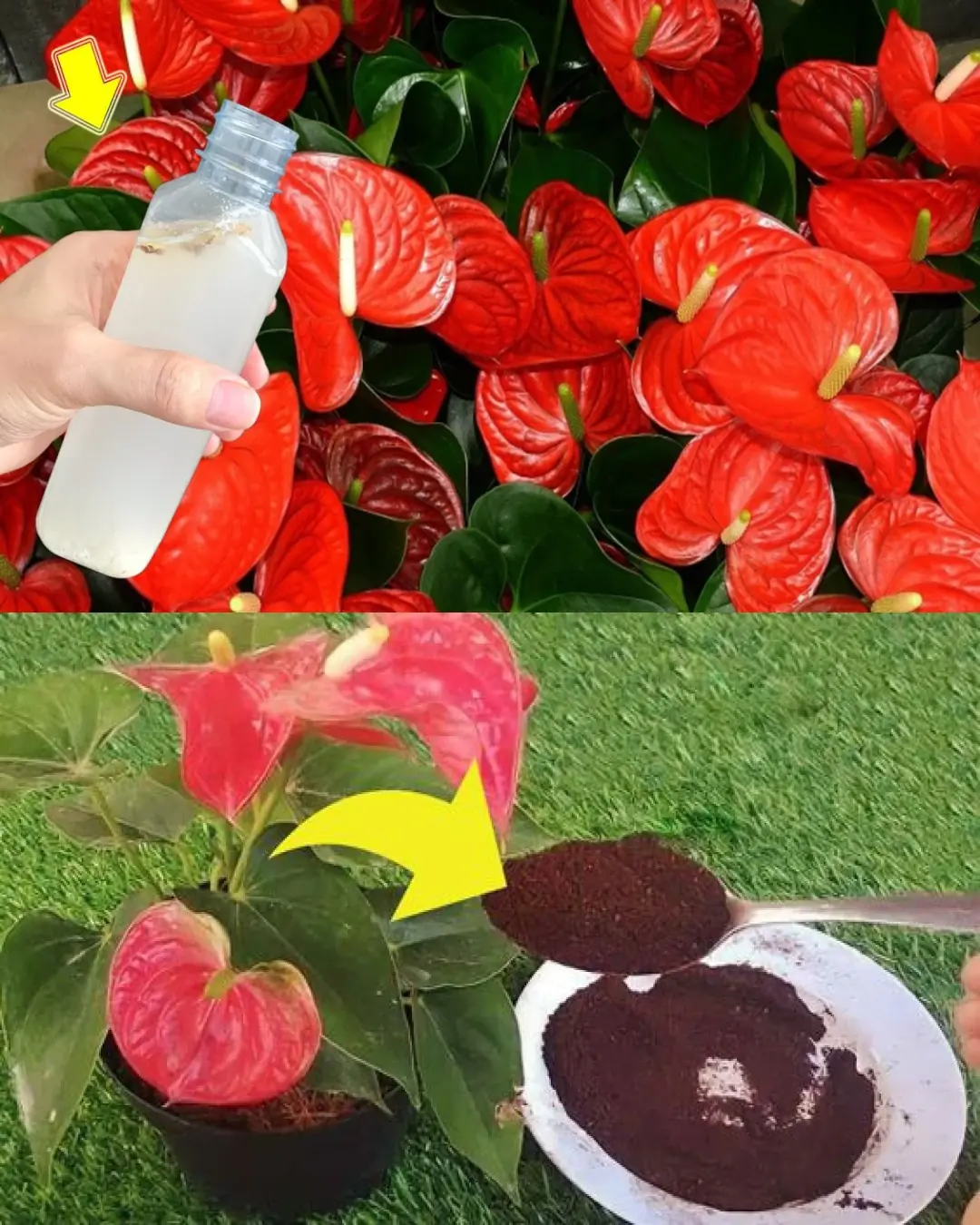
How to Accelerate the Blooming Process of Anthuriums
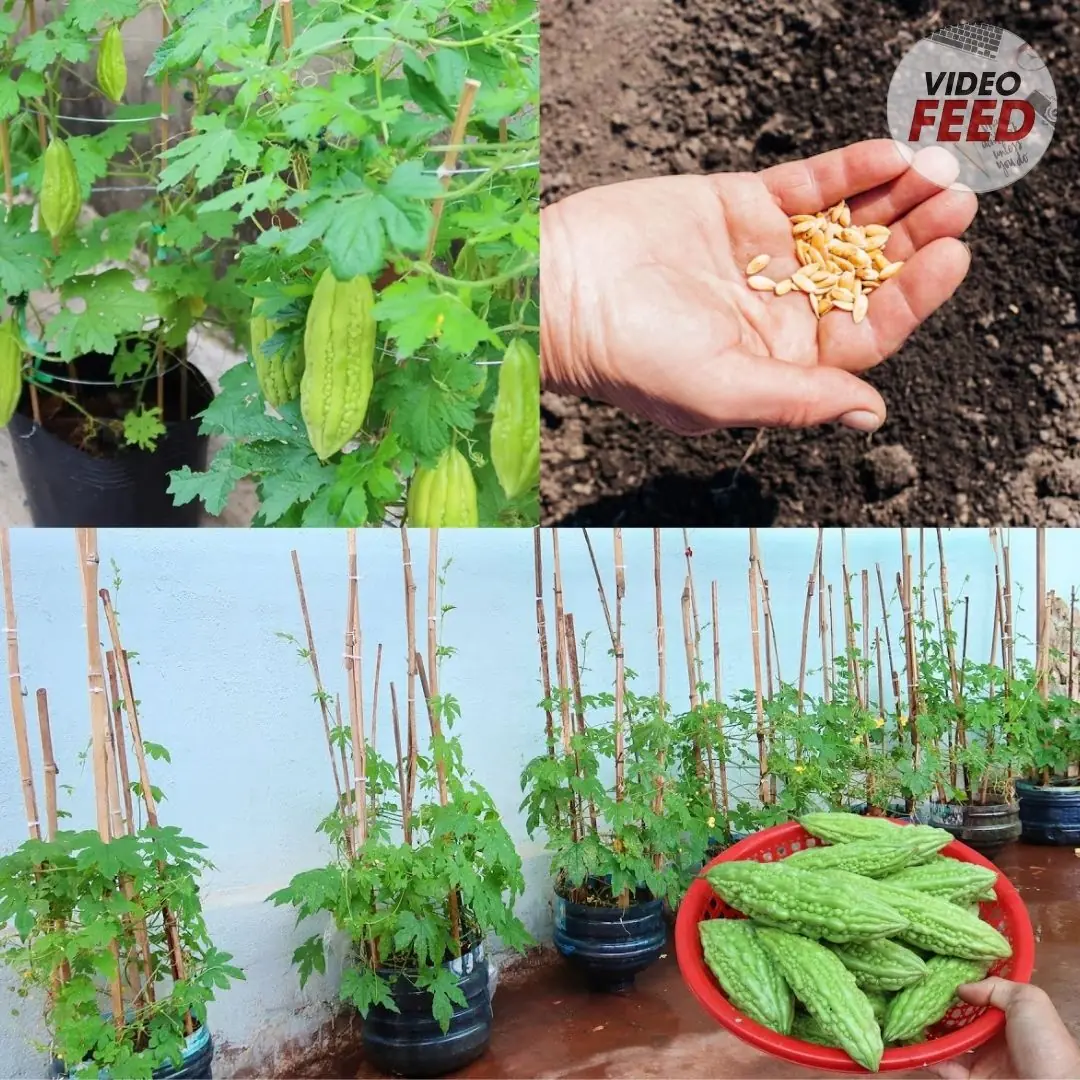
Growing Bitter Melon: Easy Tips for a Reliable Garden Harvest
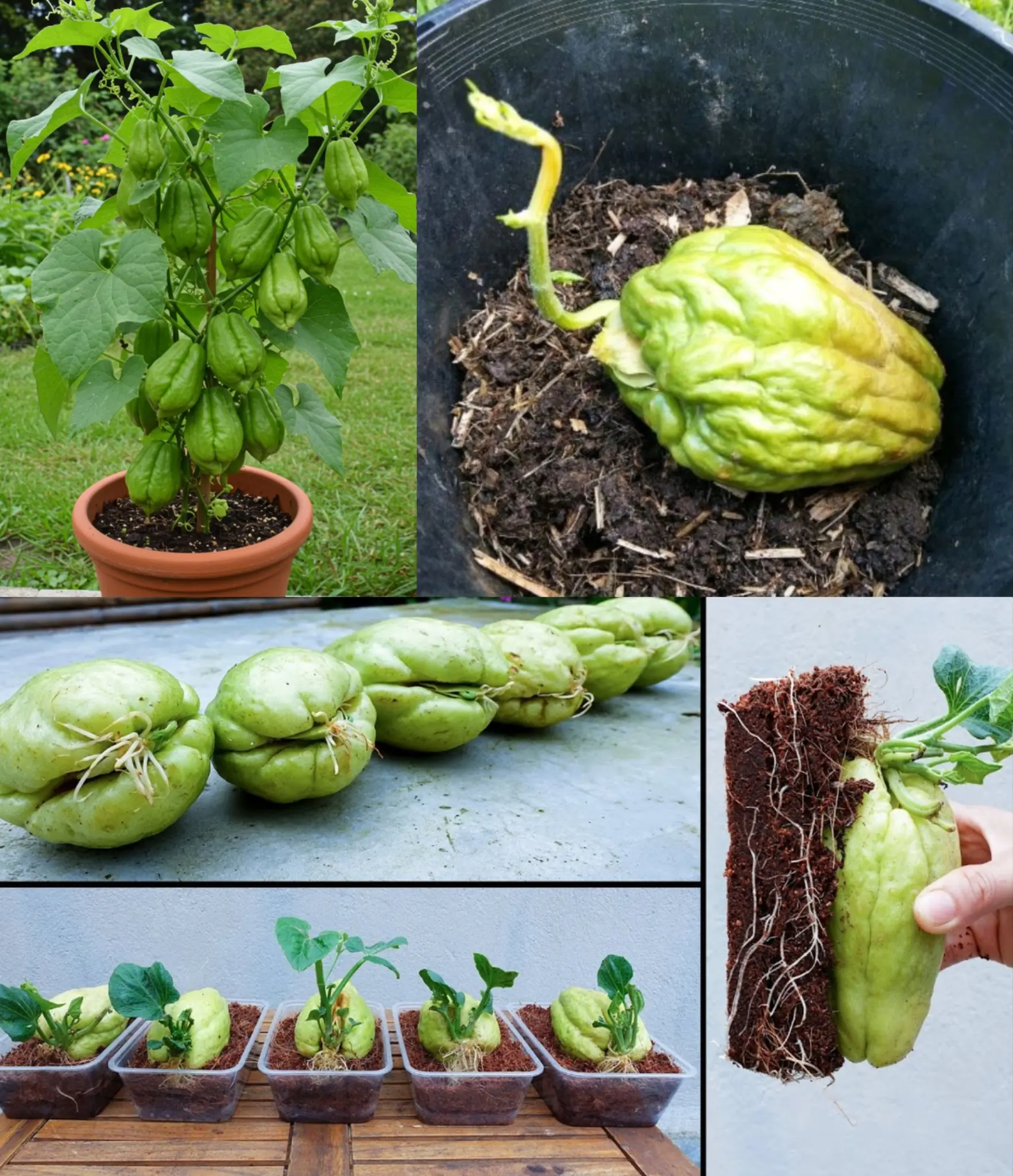
Grow an Abundance of Chayote from Just One Grocery Store Fruit!

How to Grow Turmeric: Complete Guide for Gardens & Containers
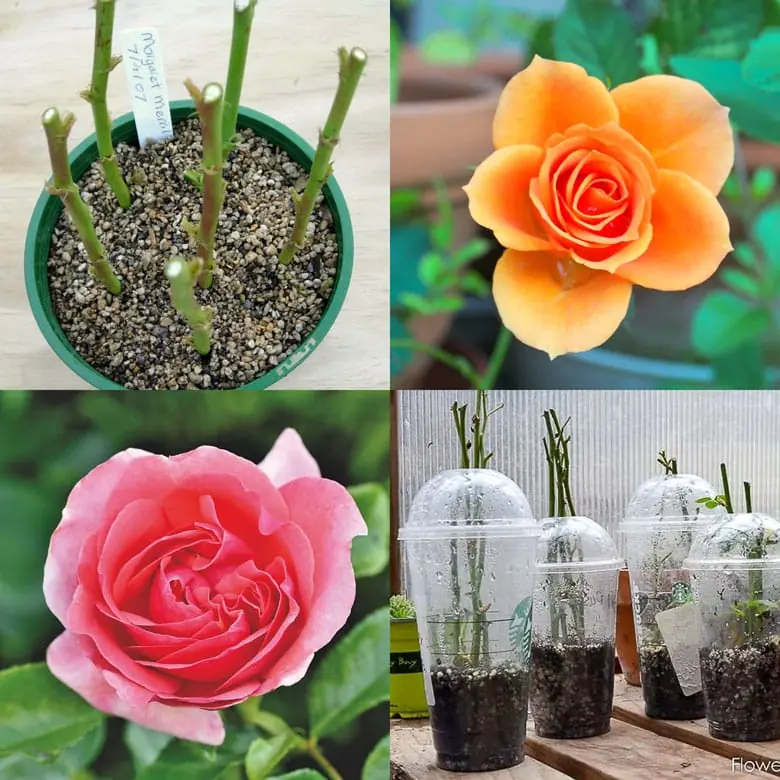
Growing Roses from a Bouquet: How to Nurture Your Own Rose Garden at Home

Learn How to Plant and Grow Cilantro (Coriander)
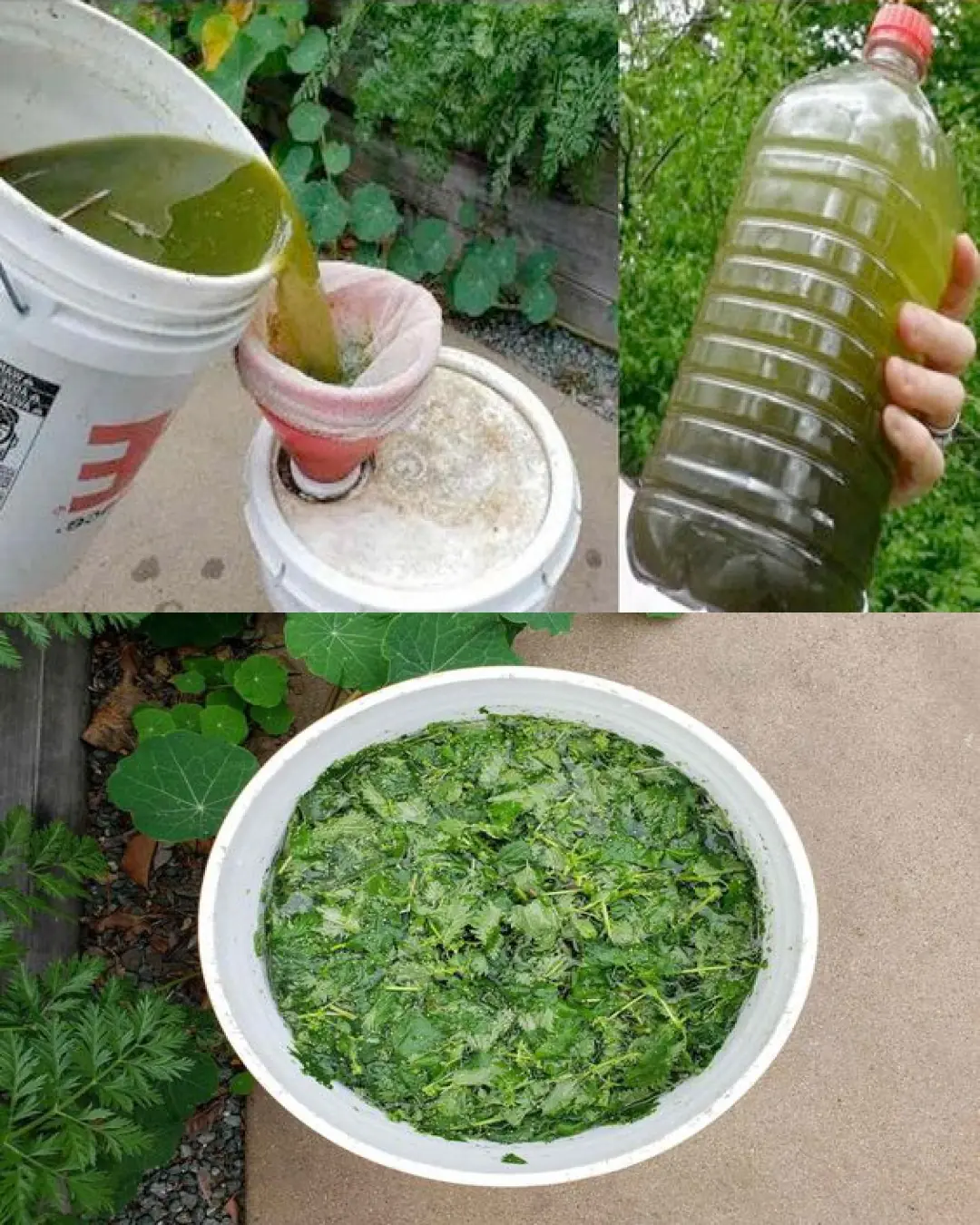
Unleash the Versatility of Nettle: 11 Non-Stinging Ways to Harness its Power
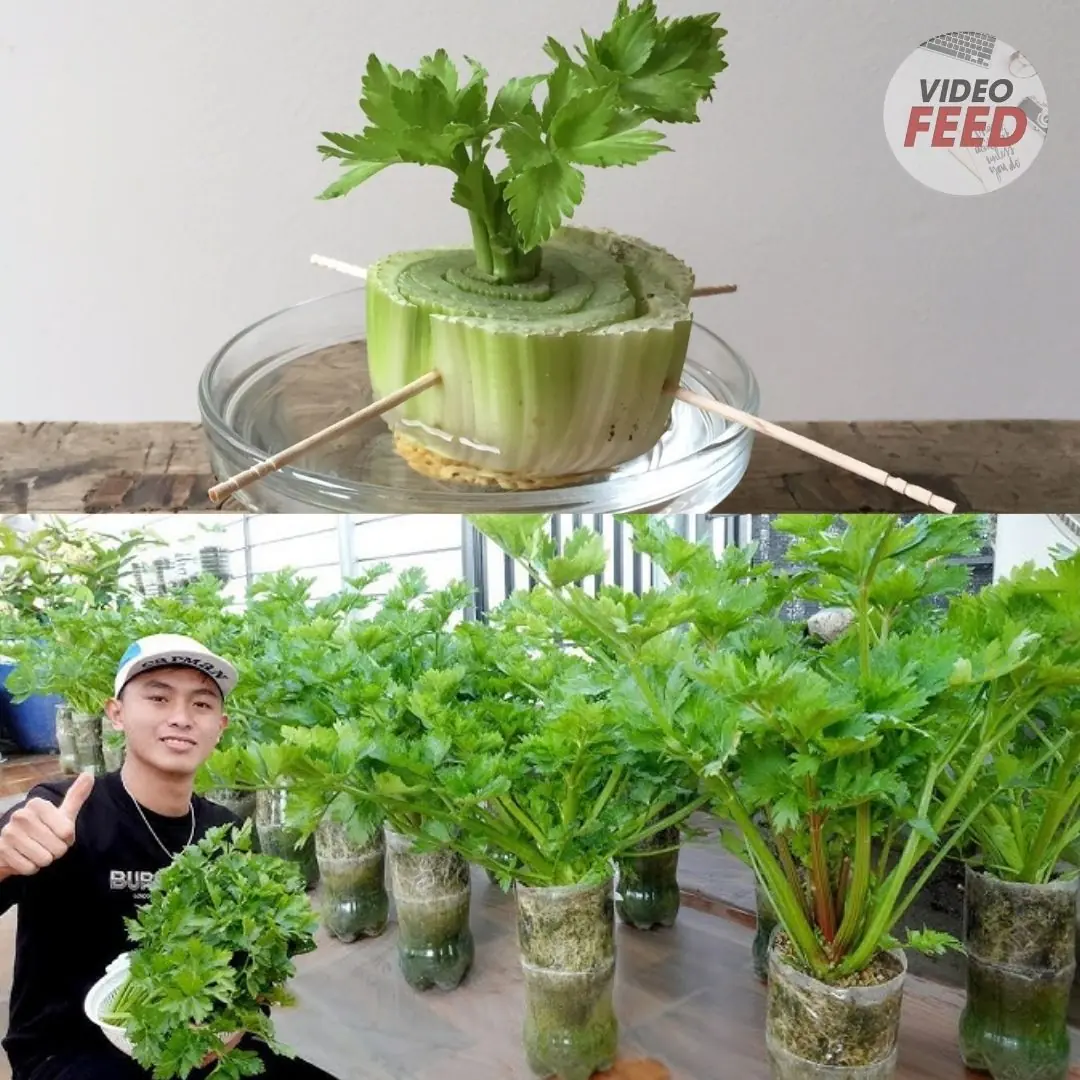
How To Regrow Celery From Scraps
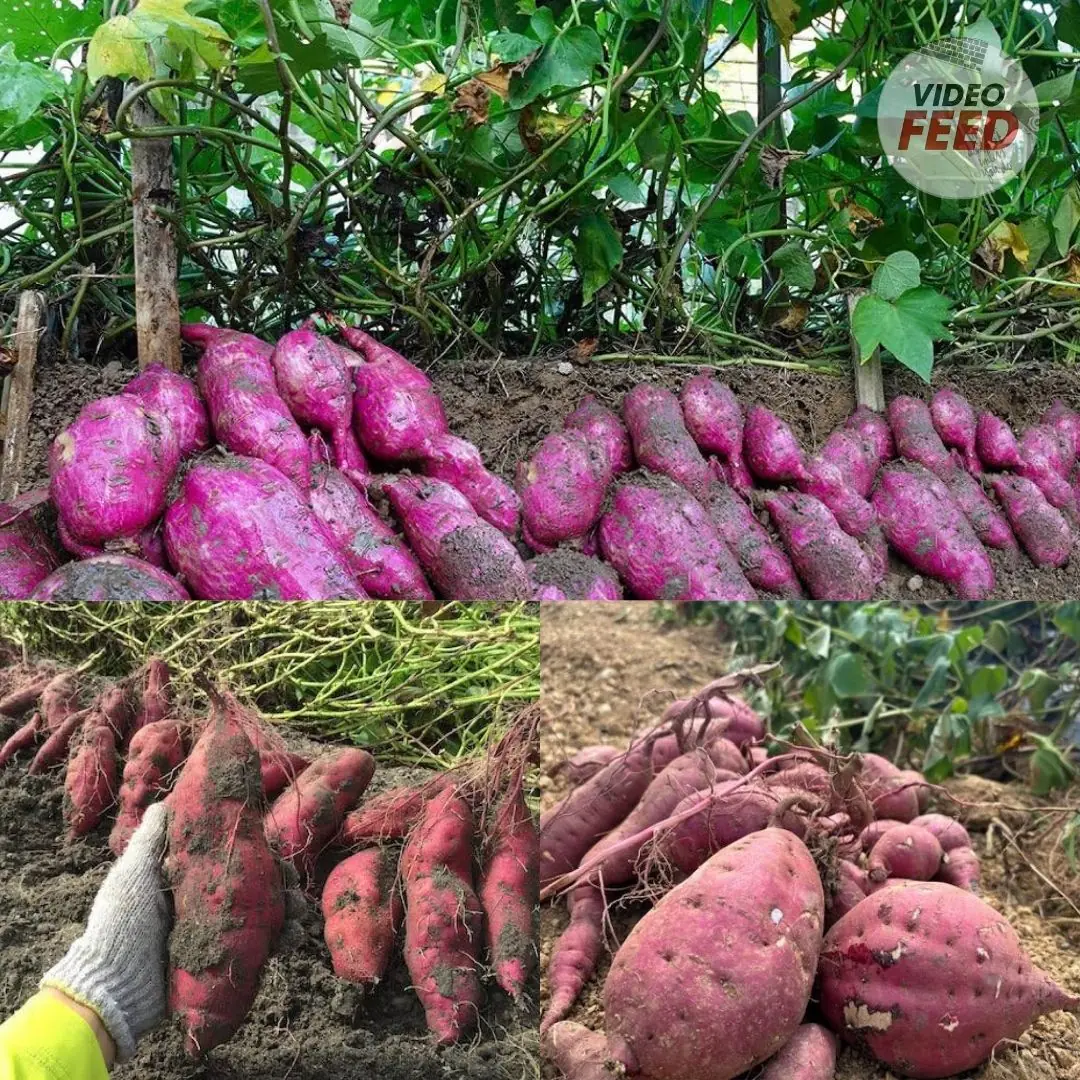
How To Grow Sweet Potatoes: Ultimate Care & Growing Guide
News Post

How to Grow Carrots at Home in Containers Starting with a Single Carrot

Turn a small corner of your house into a mini chili garden – both beautiful and useful!

Why hotels prefer white bed linens?

How to clean towels easily and economically
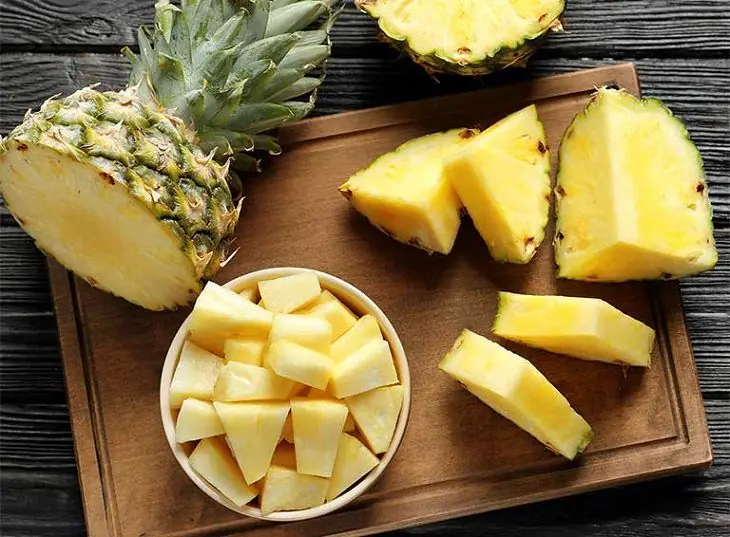
The amazing health benefits of pineapple and who should avoid it

Cancer May "Emit" These 2 Signs at Night – Everyone Should Know to Stay Alert
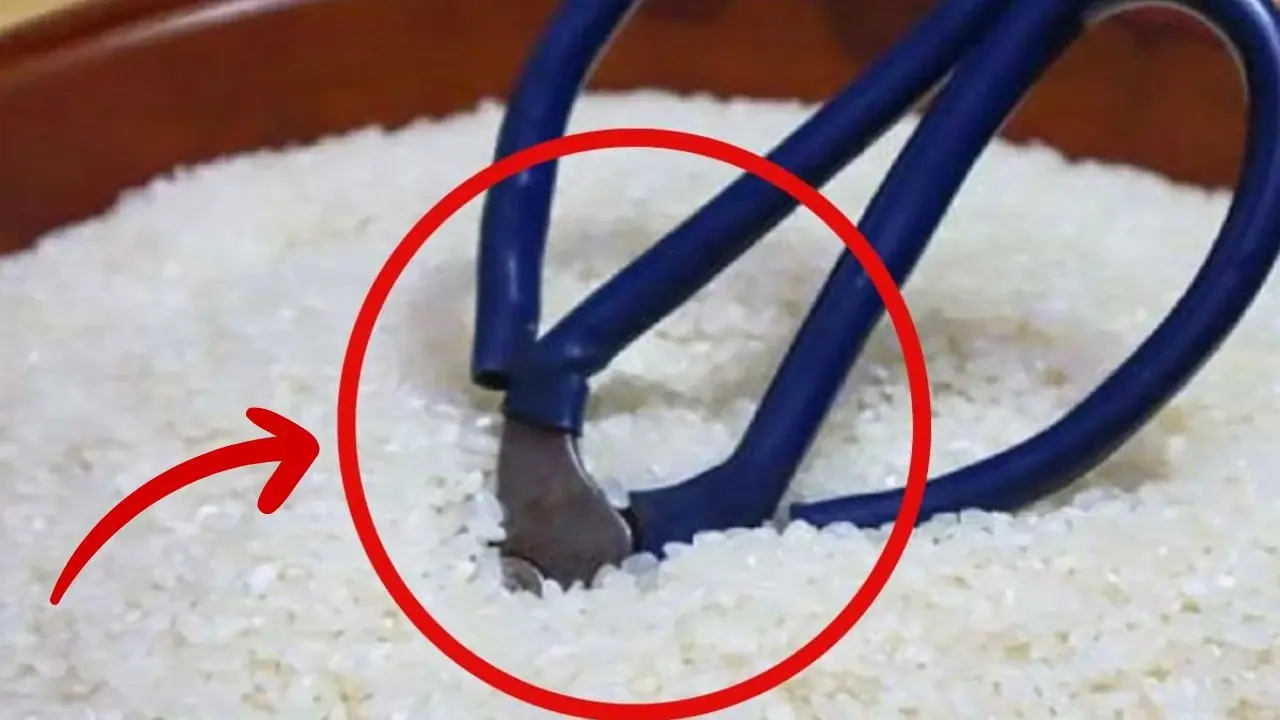
The effect of insert a pair of scis.sors into the rice bin
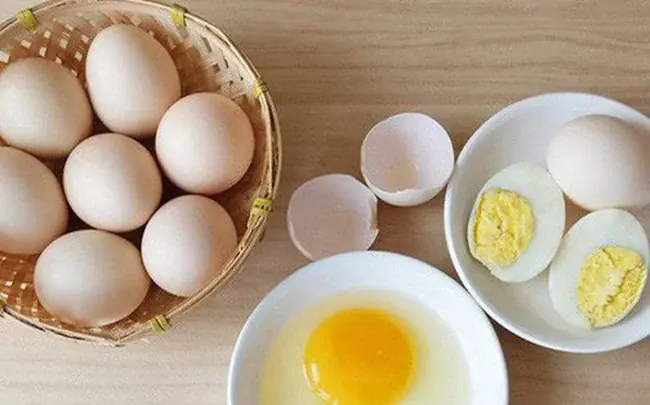
People who should not eat eggs

Tips to cook delicious rice without worrying about it going bad

3 Warning Signs of Severe Headache that Might Save You from Cerebrovascular Disease

6 common signs one month before a heart attack

Diseases that can cause sudden de.a.th

Who is susceptible to varicose veins?

Turns Out This Humble Fish Beats It — and Helps Lower Blo.od Fat and Blood Pressure

Man Jail.ed for Dr.ug Trafficking After Selling Late Wife’s Painkil.lers

Tumor Disappears After 4 Months of Persistence: Even Doctors Were Amazed

2 Bitter Vegetables to Avoid Immediately, Clean Cutting Board and Knife Thoroughly

12 Homemade fertilizers for plants easy to find at home

The circle on the lid of a soft drink can, 99% of people do not know the function
